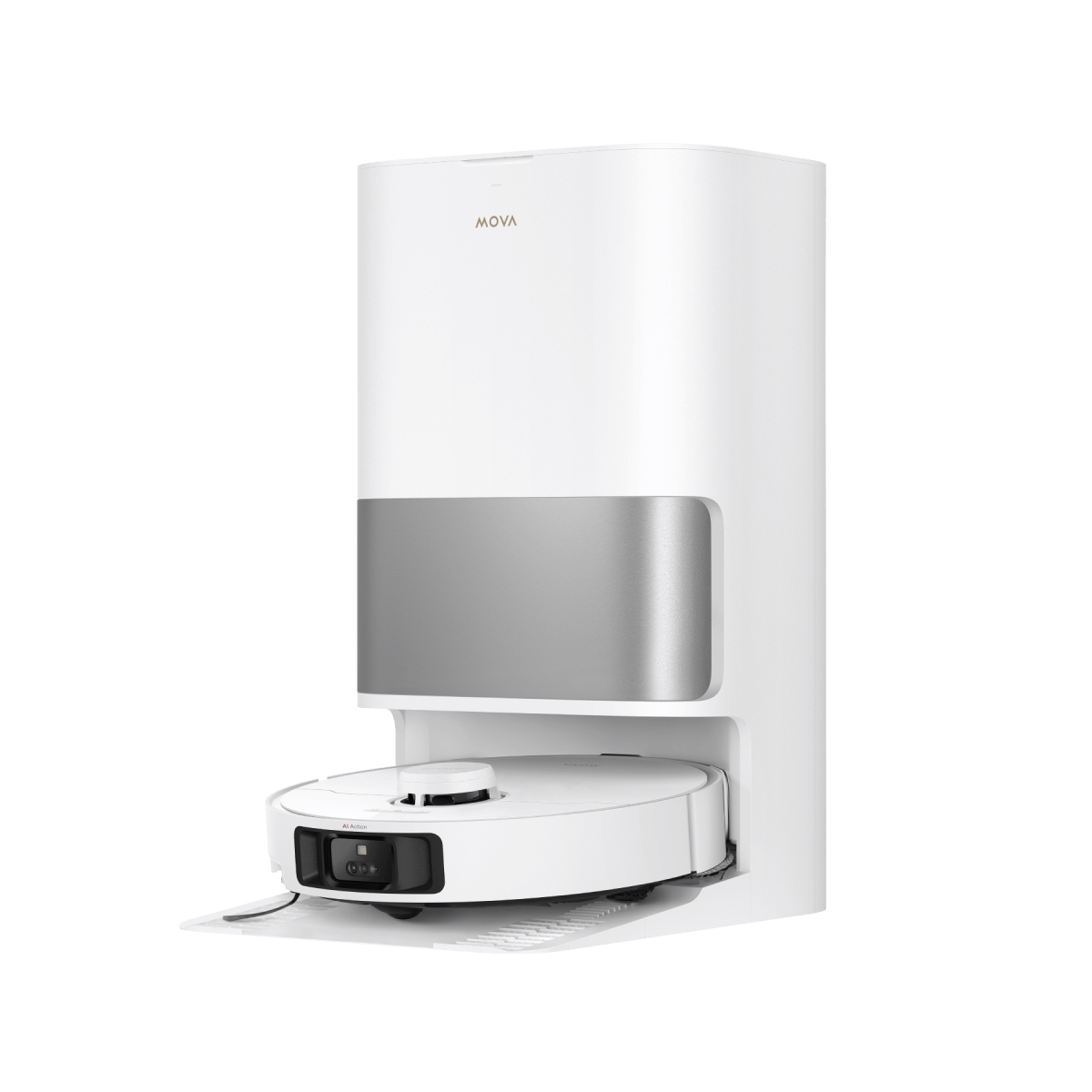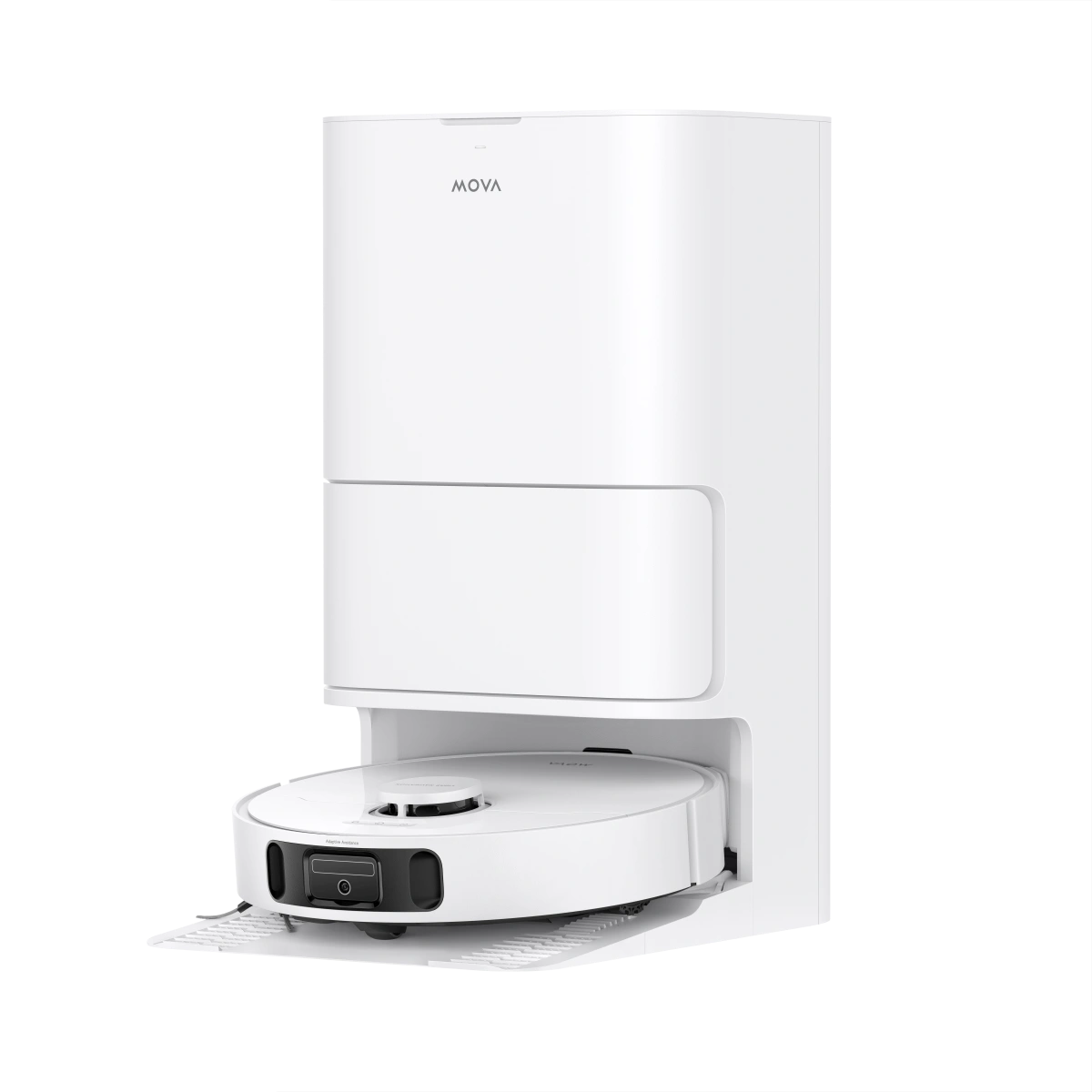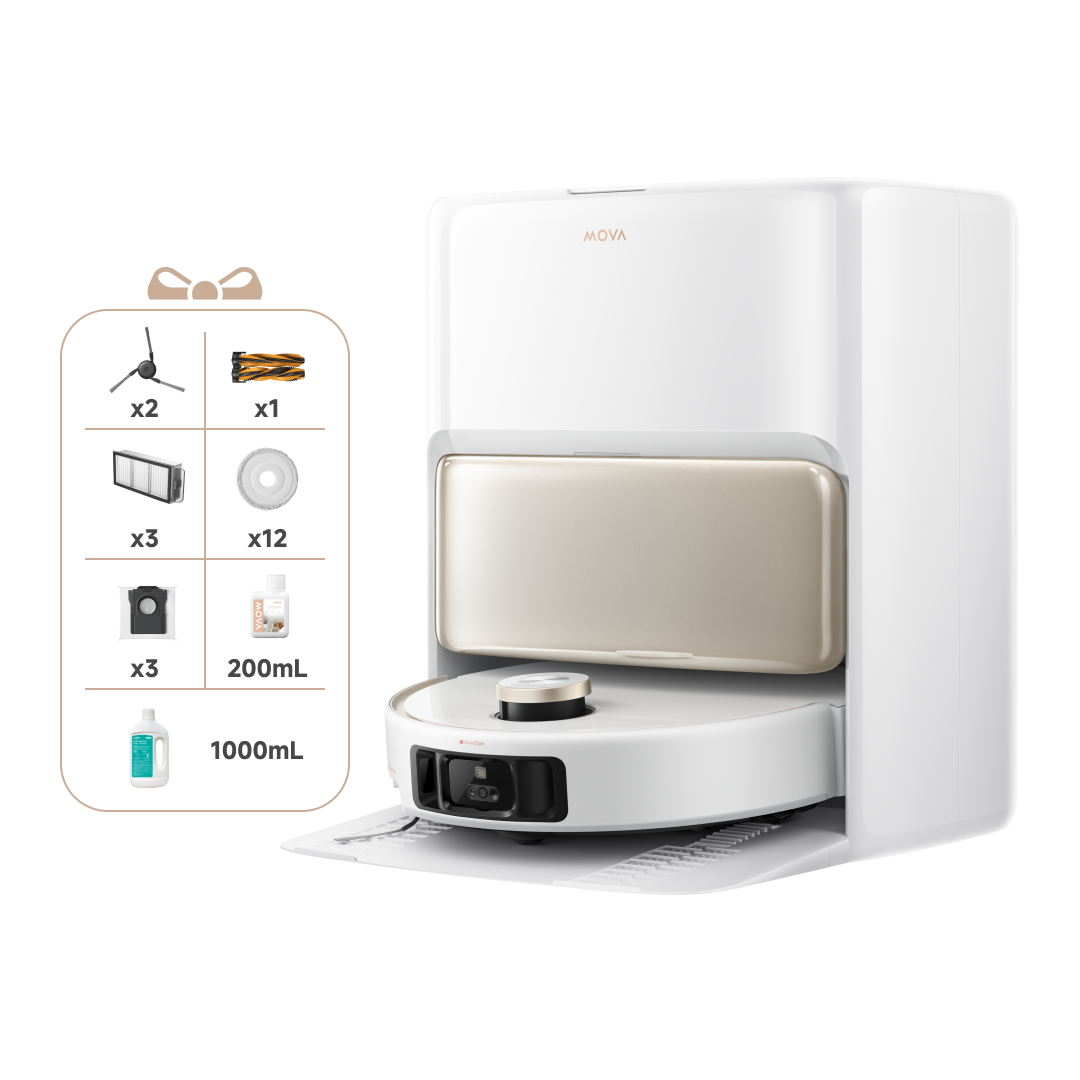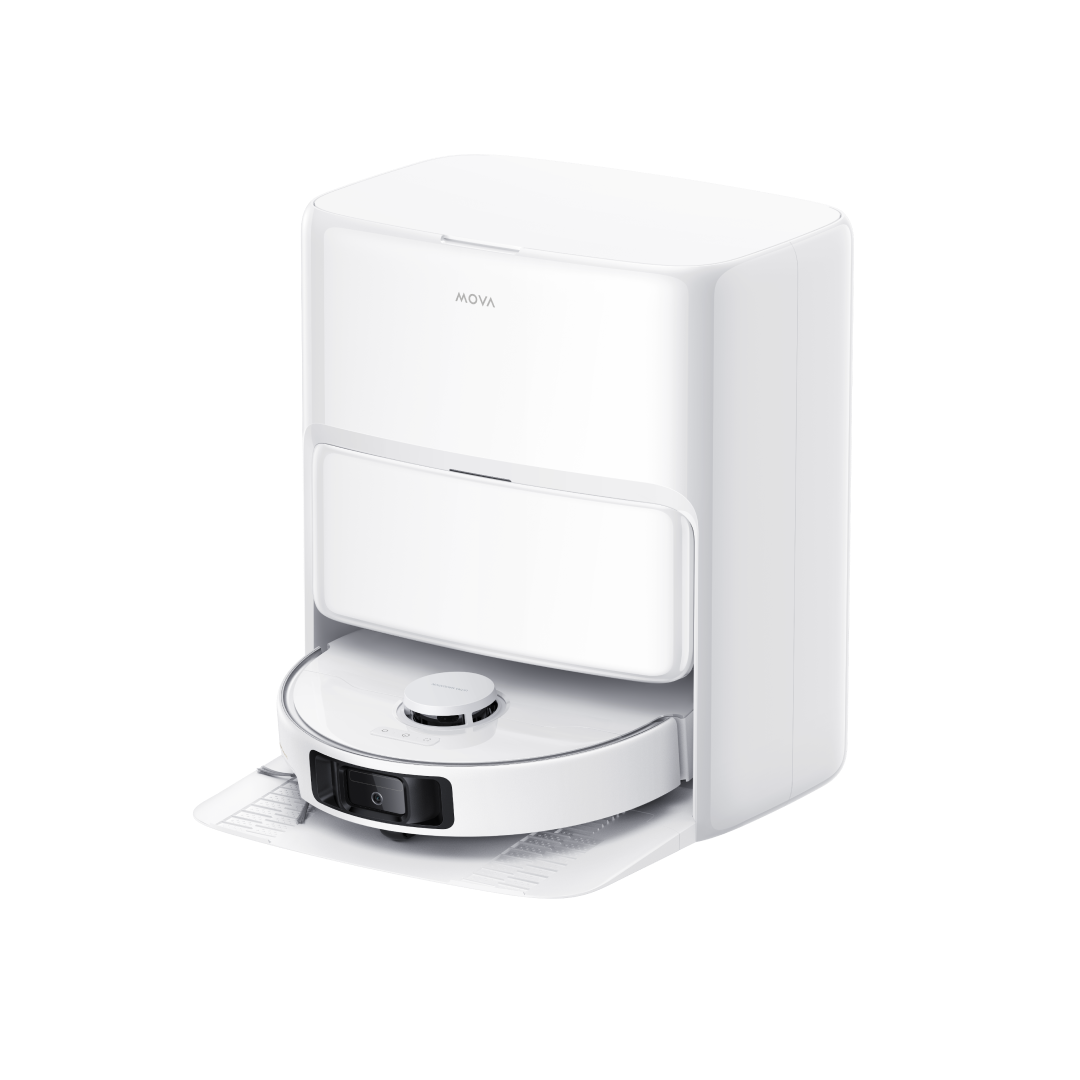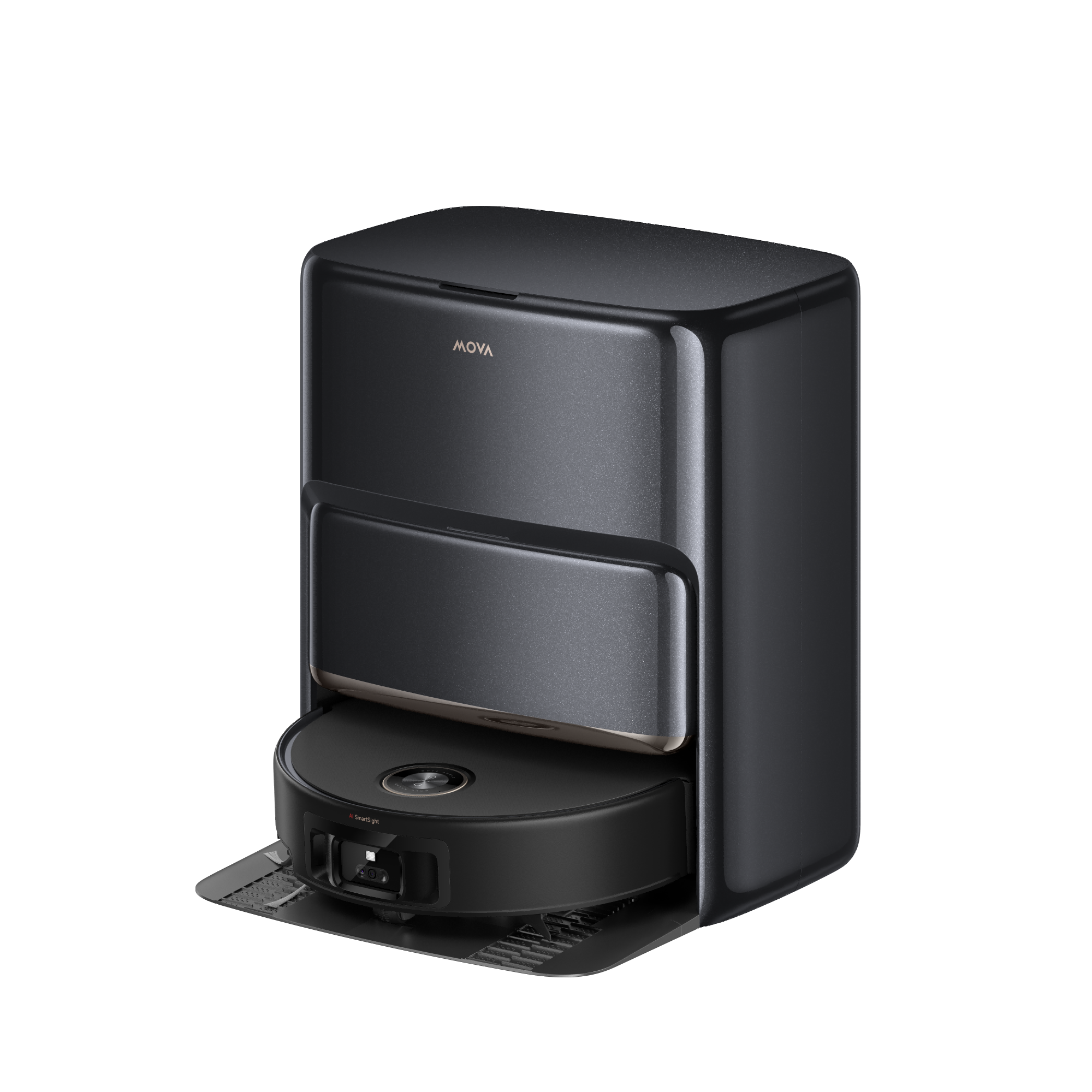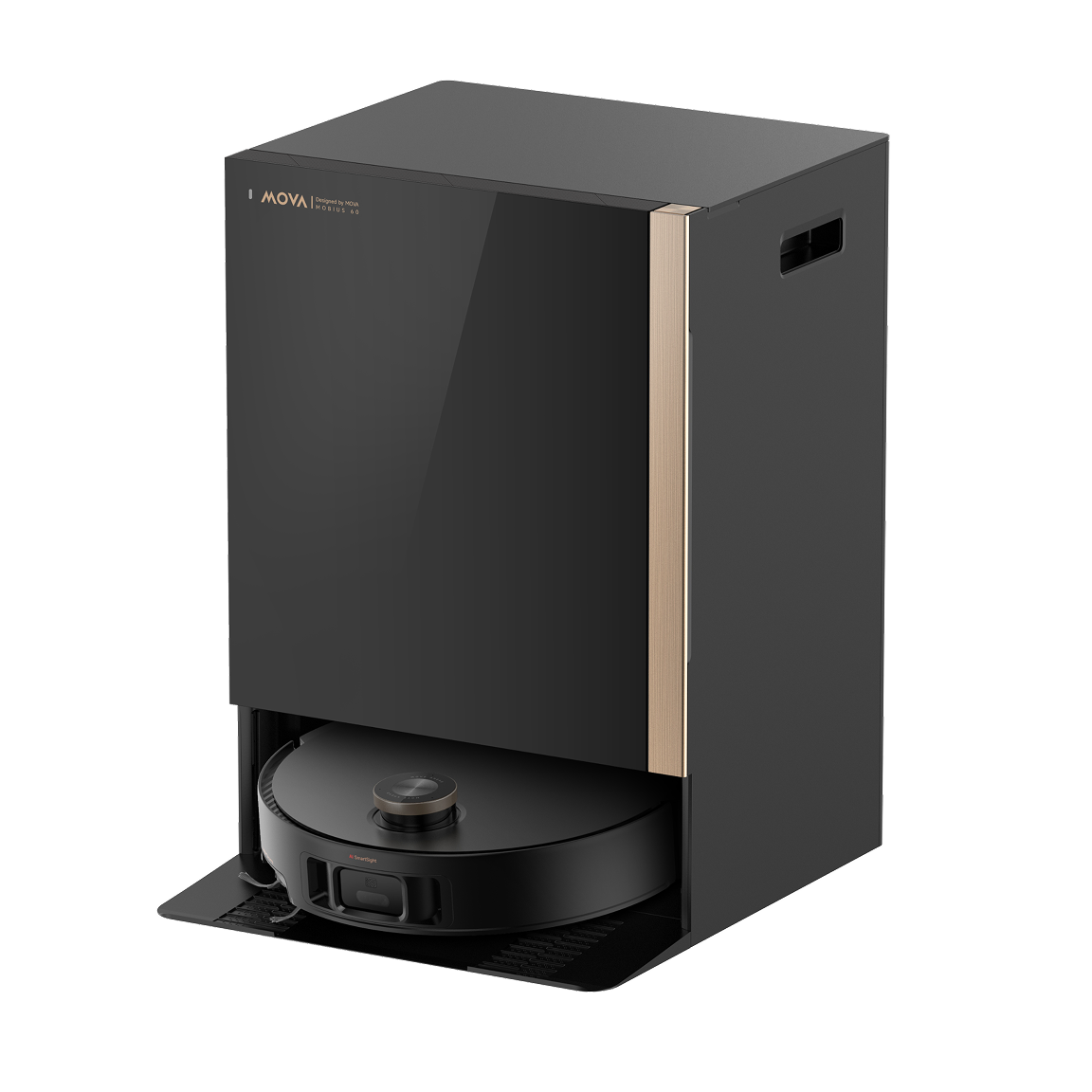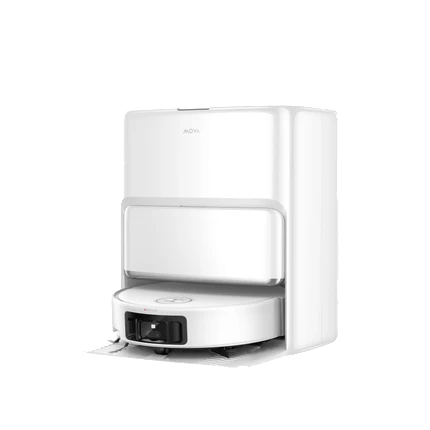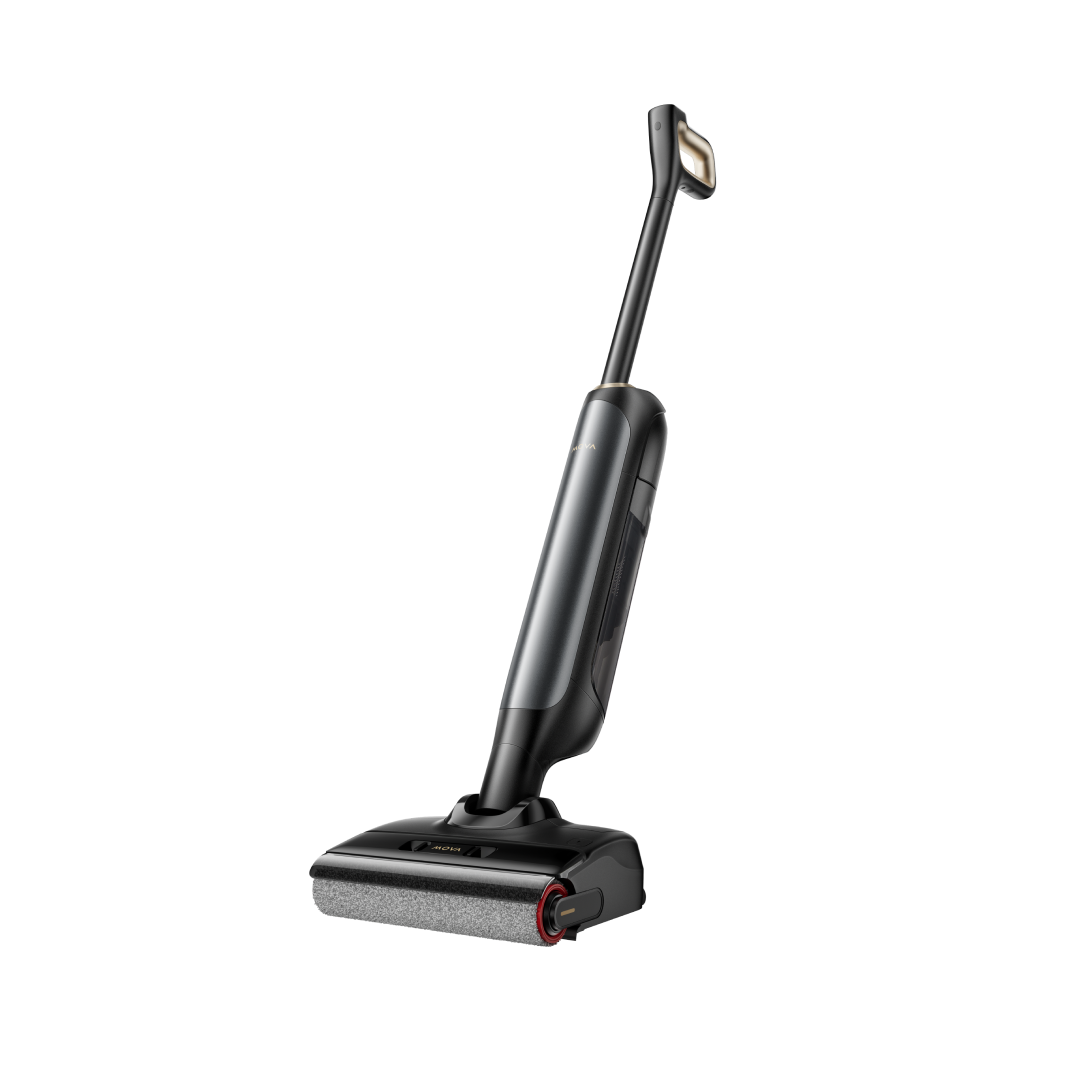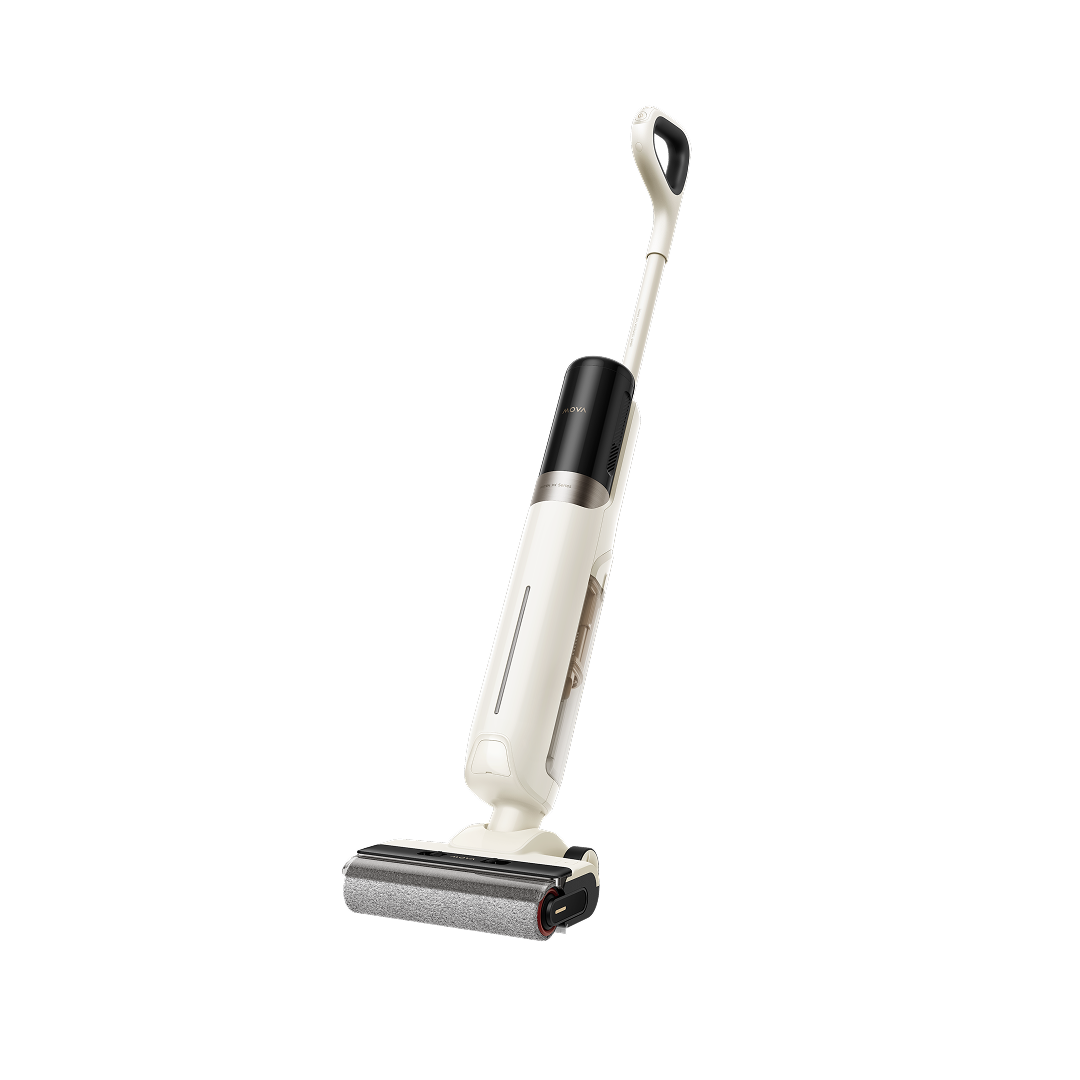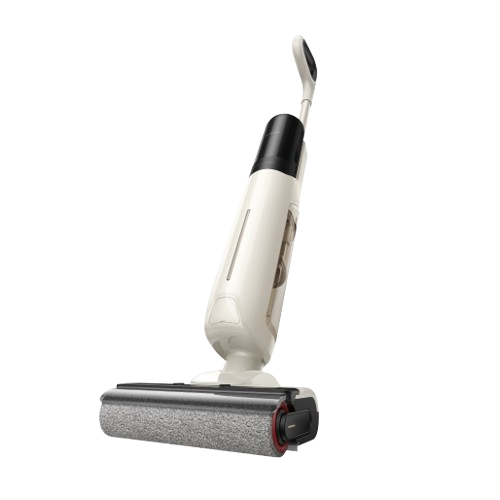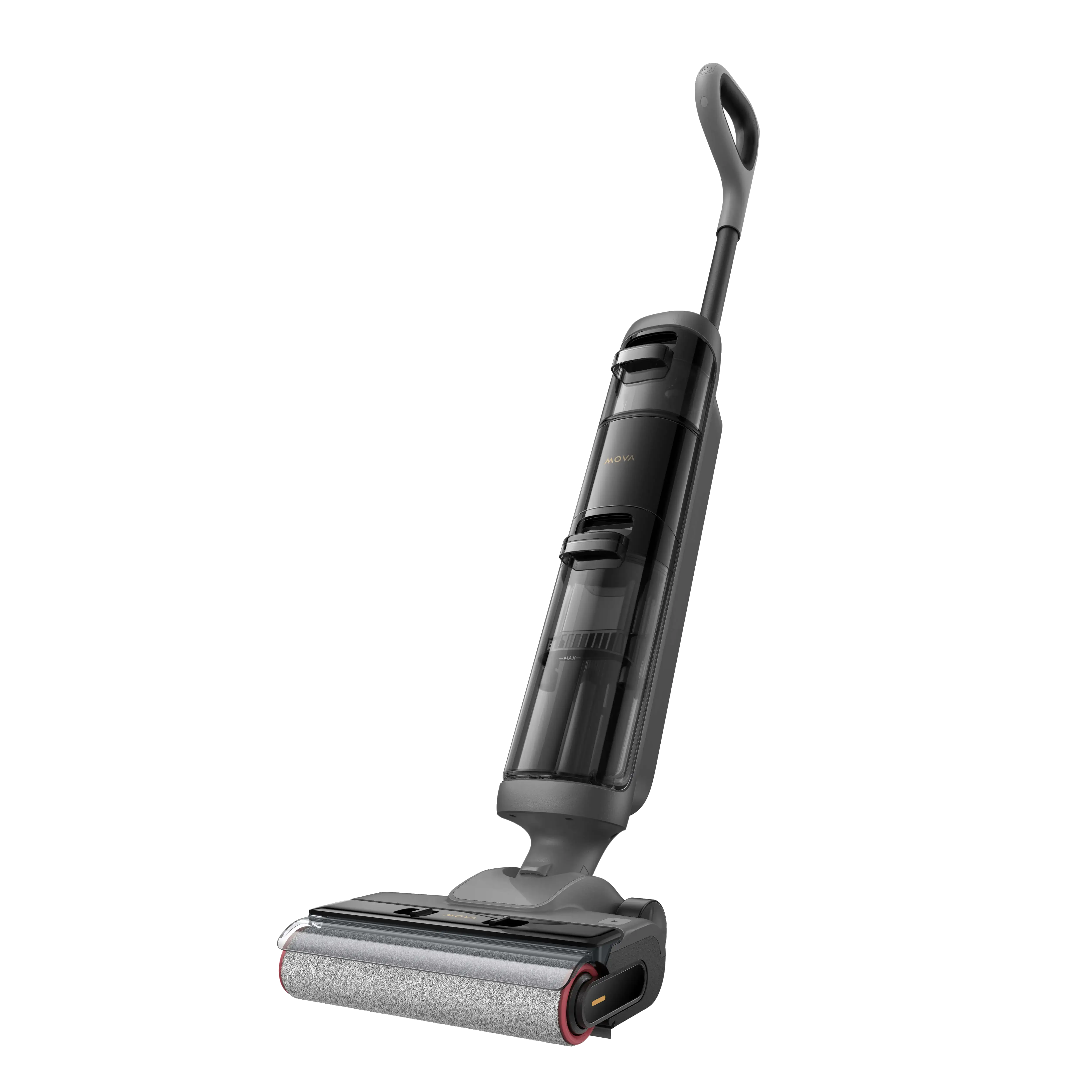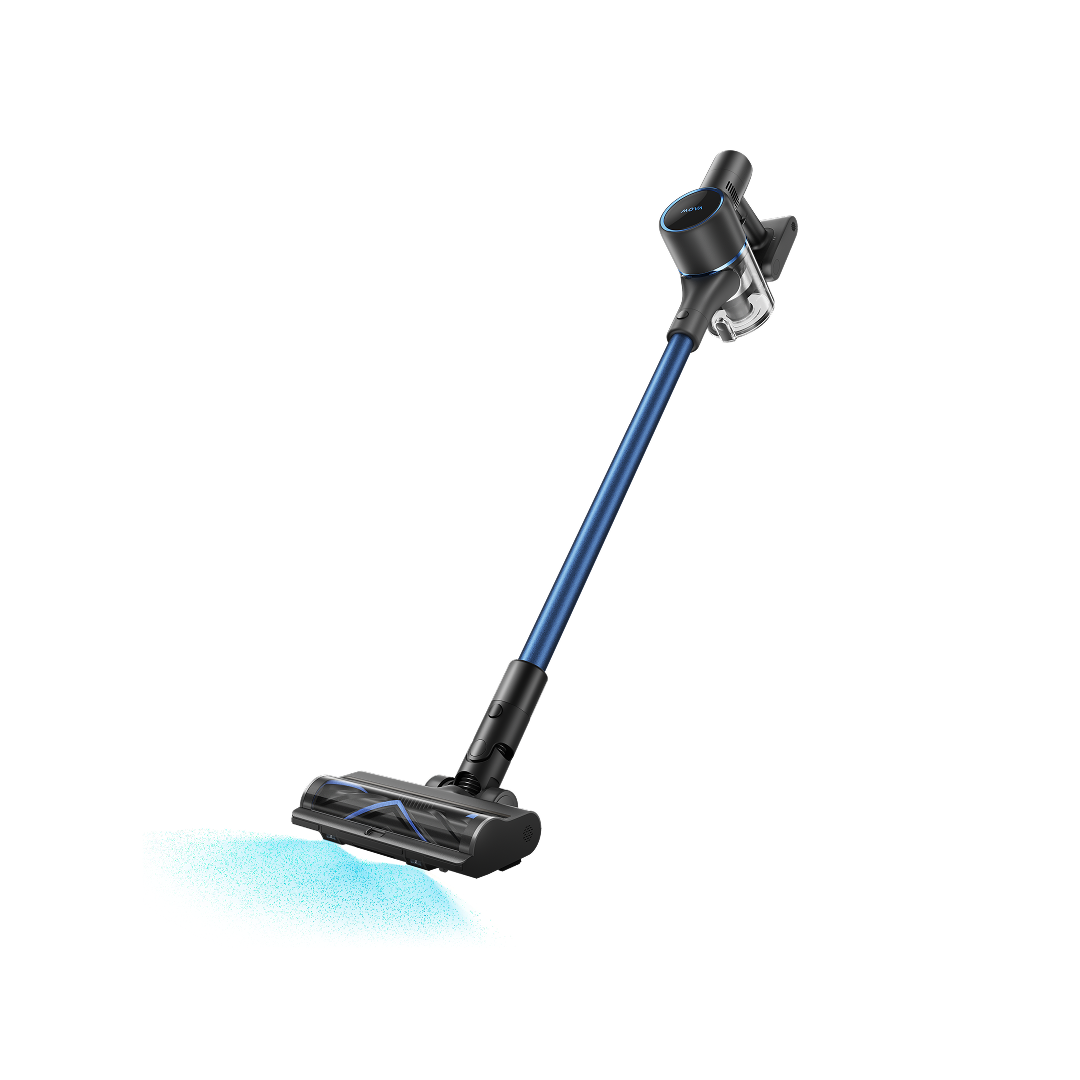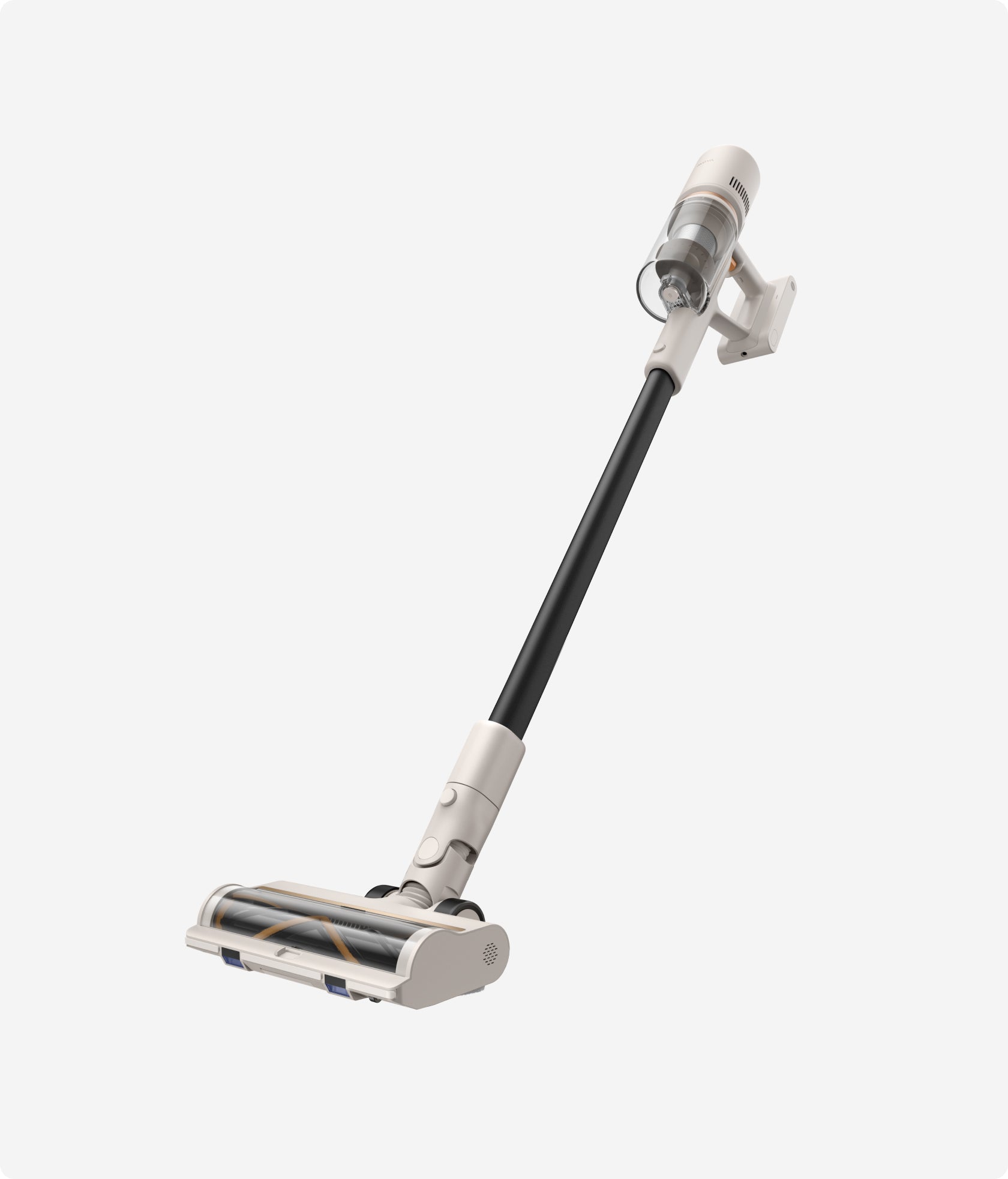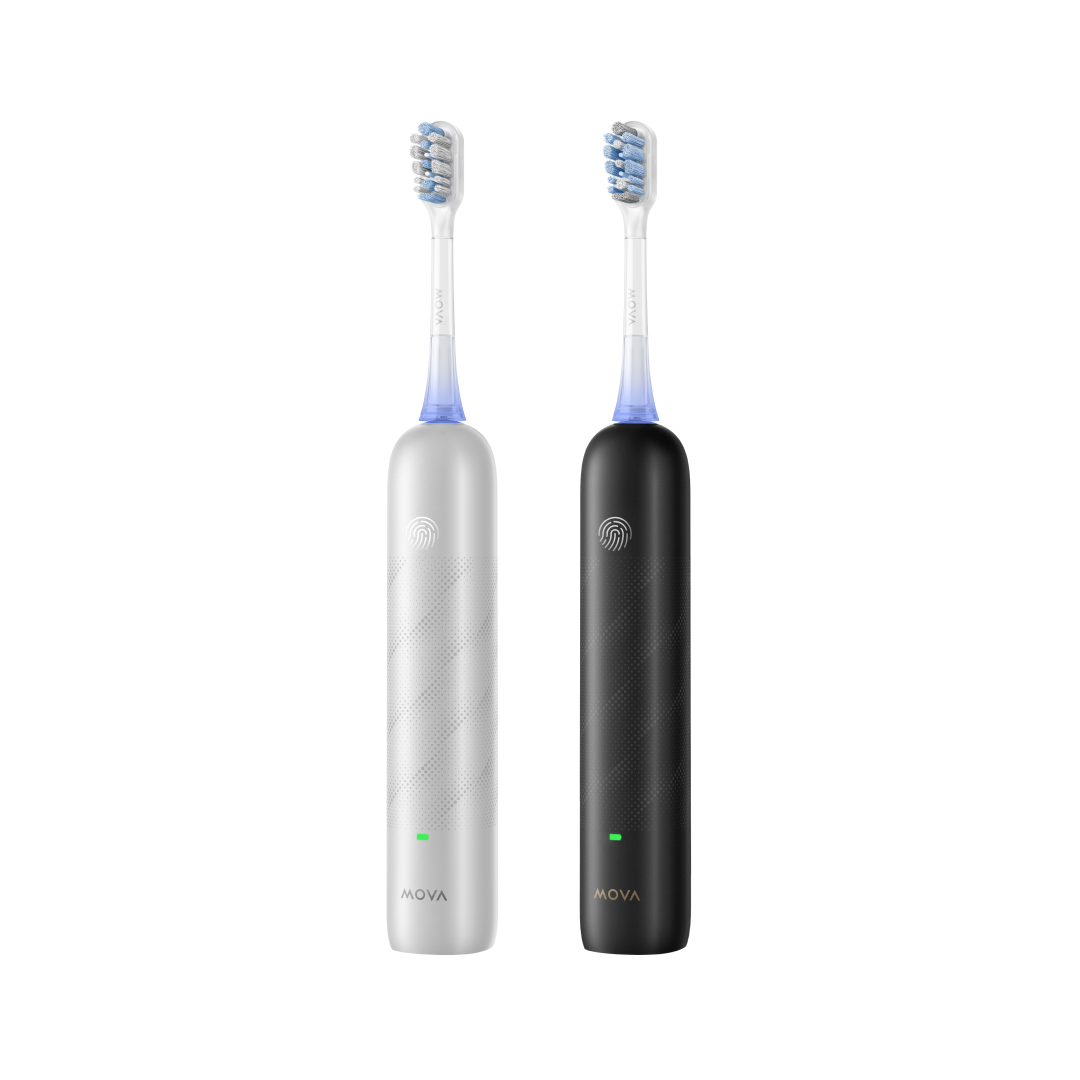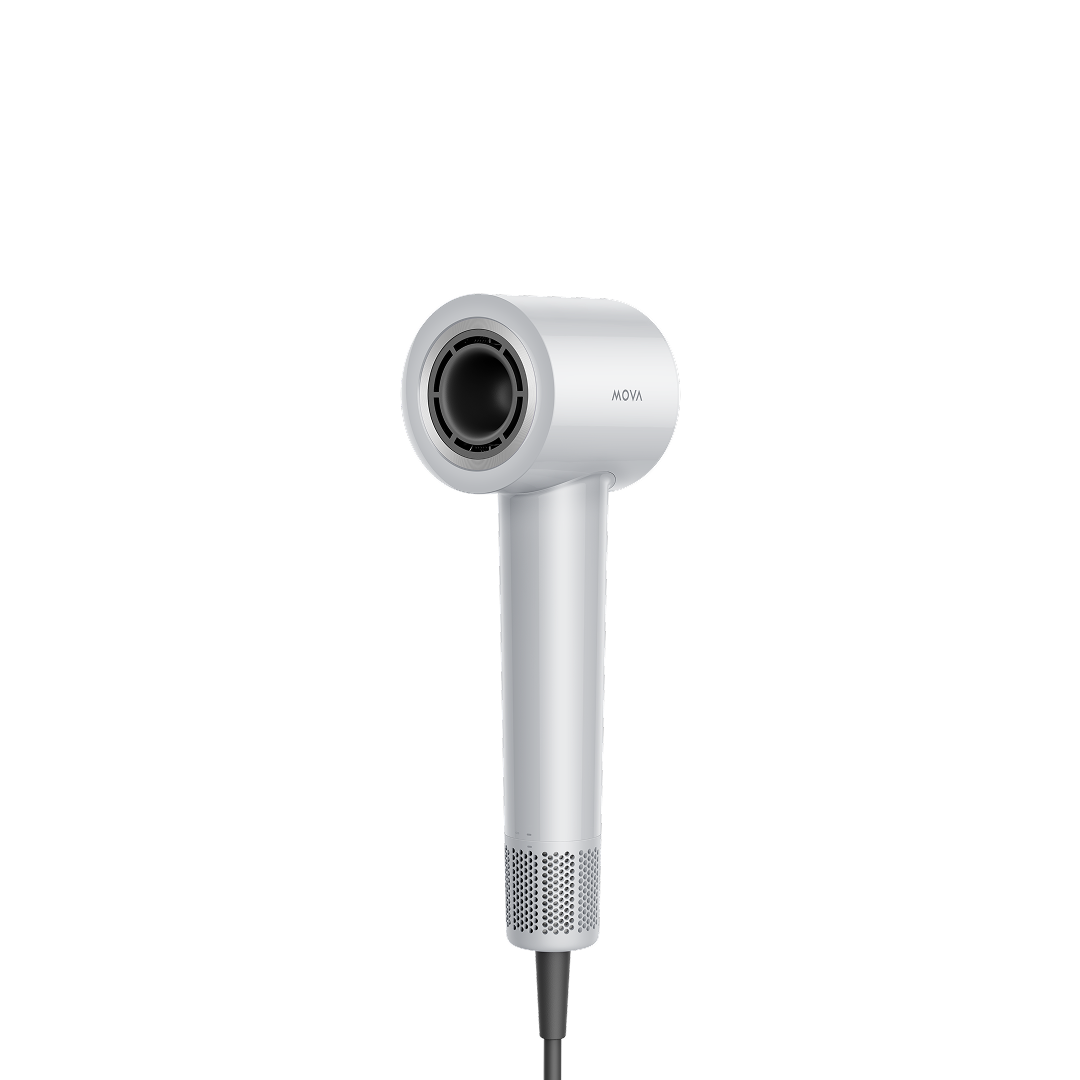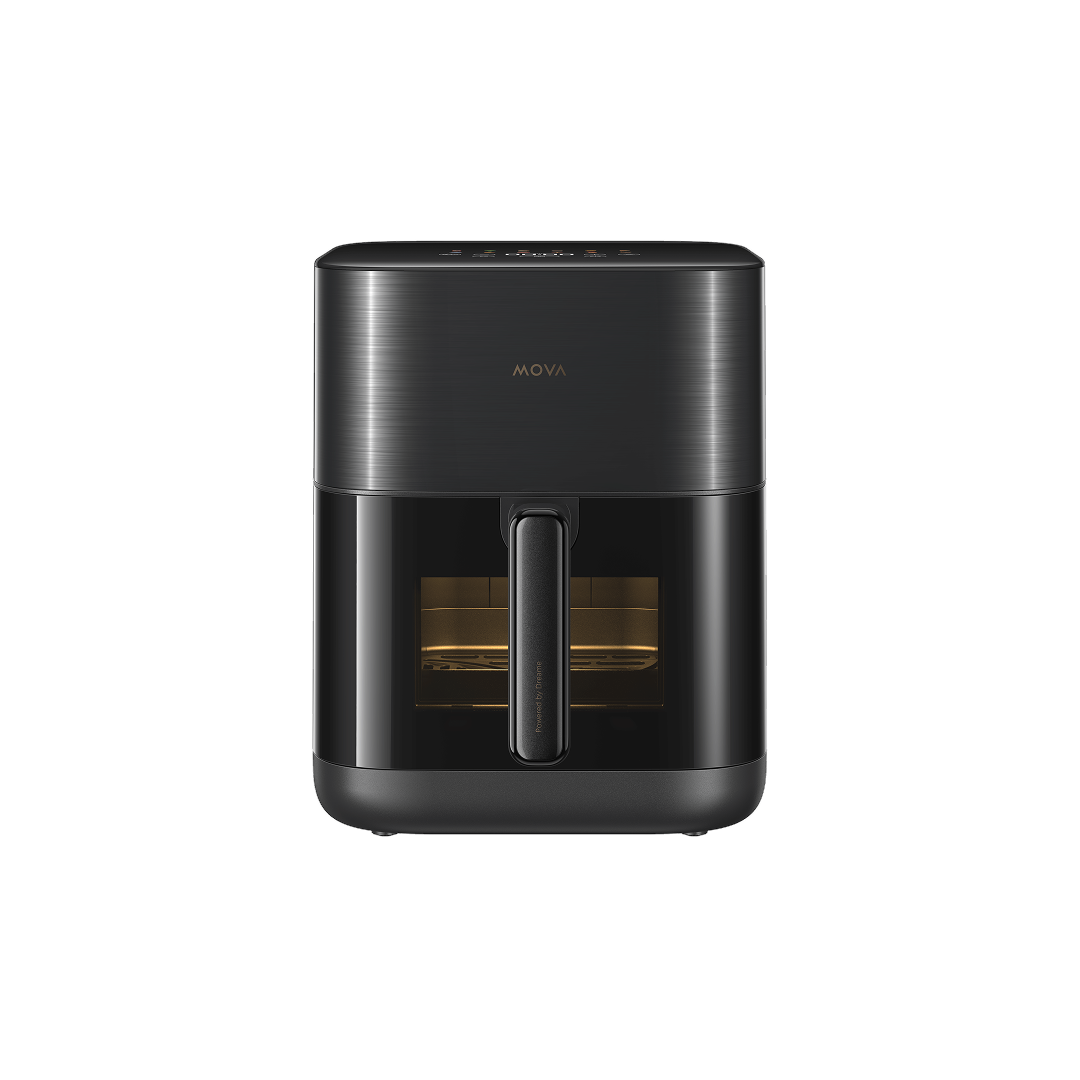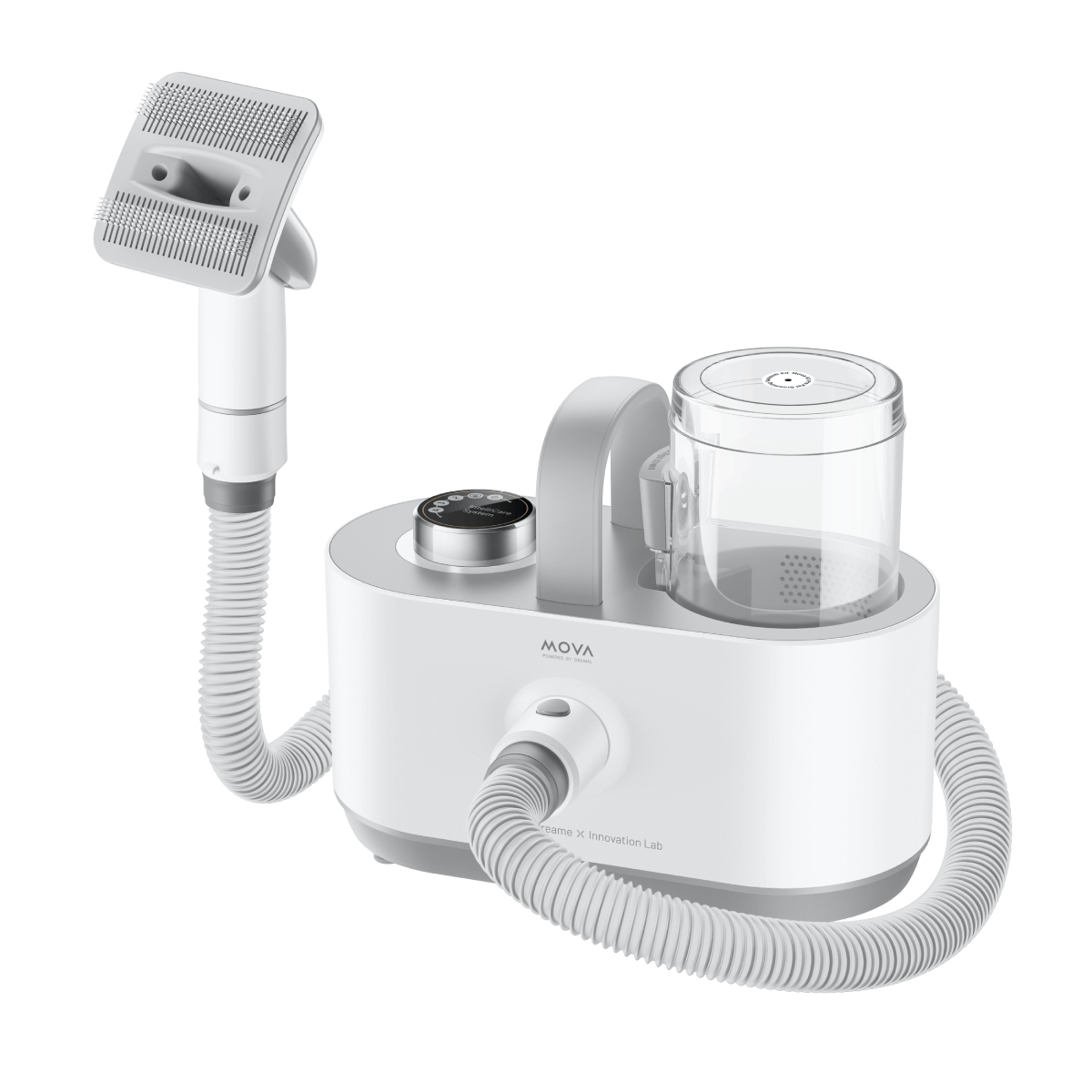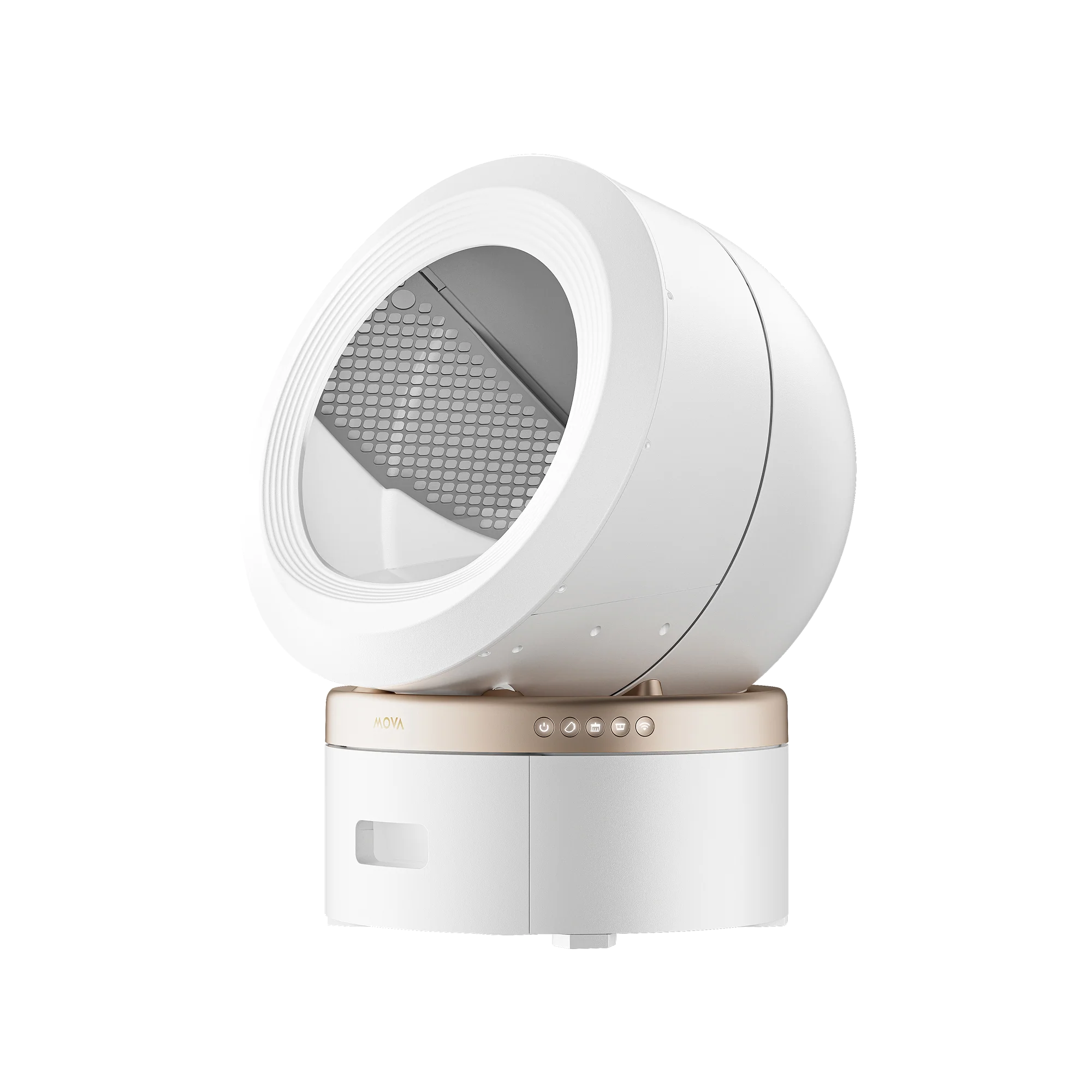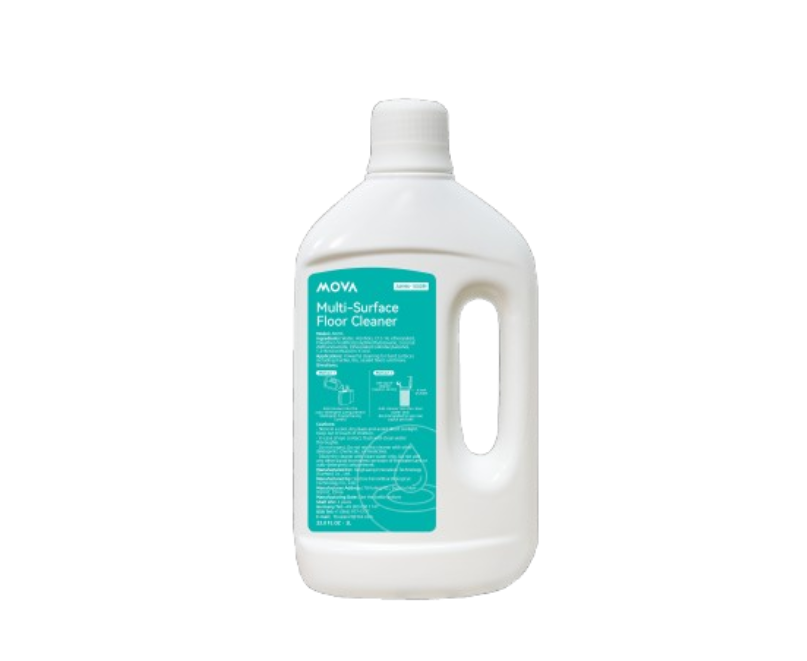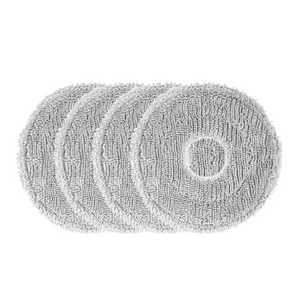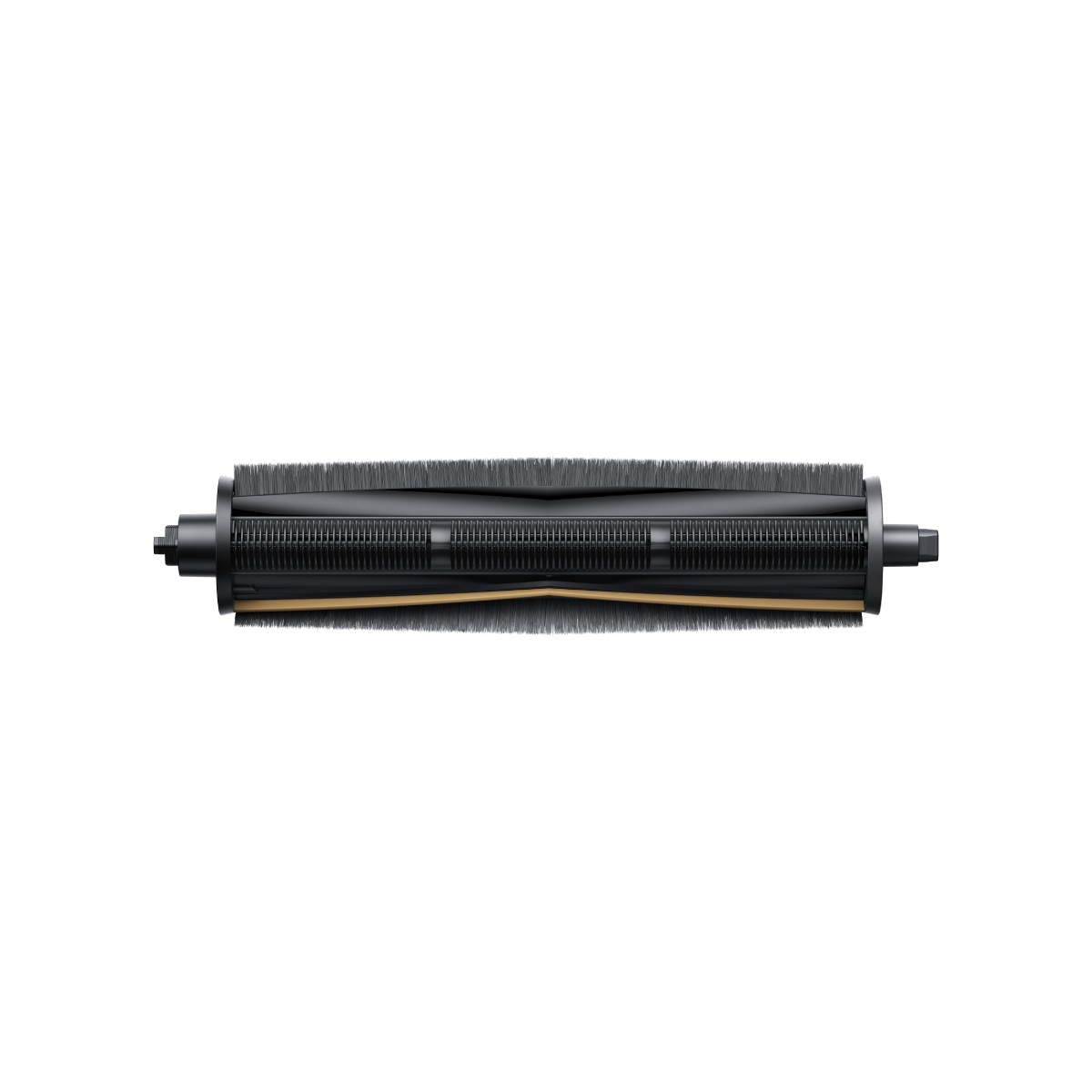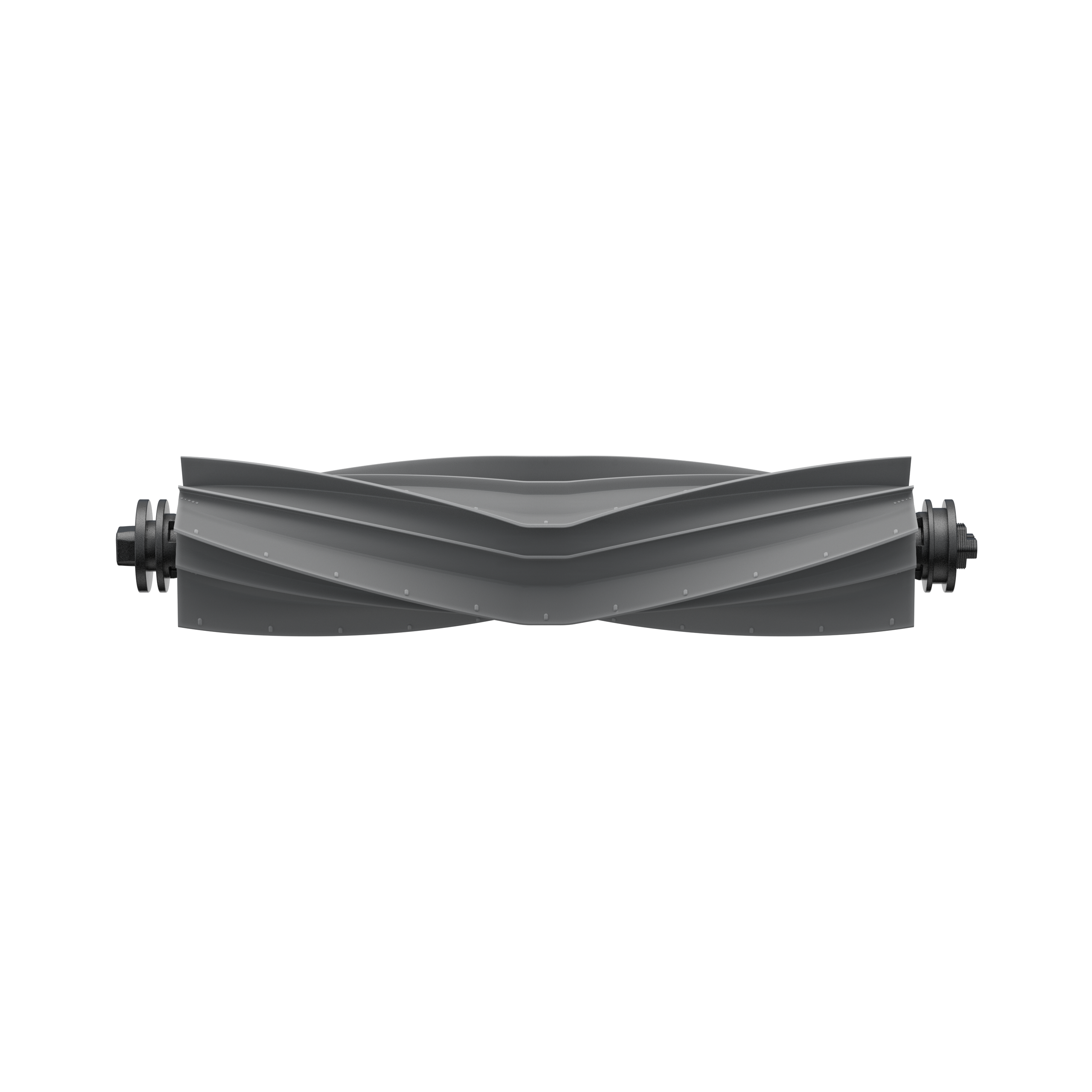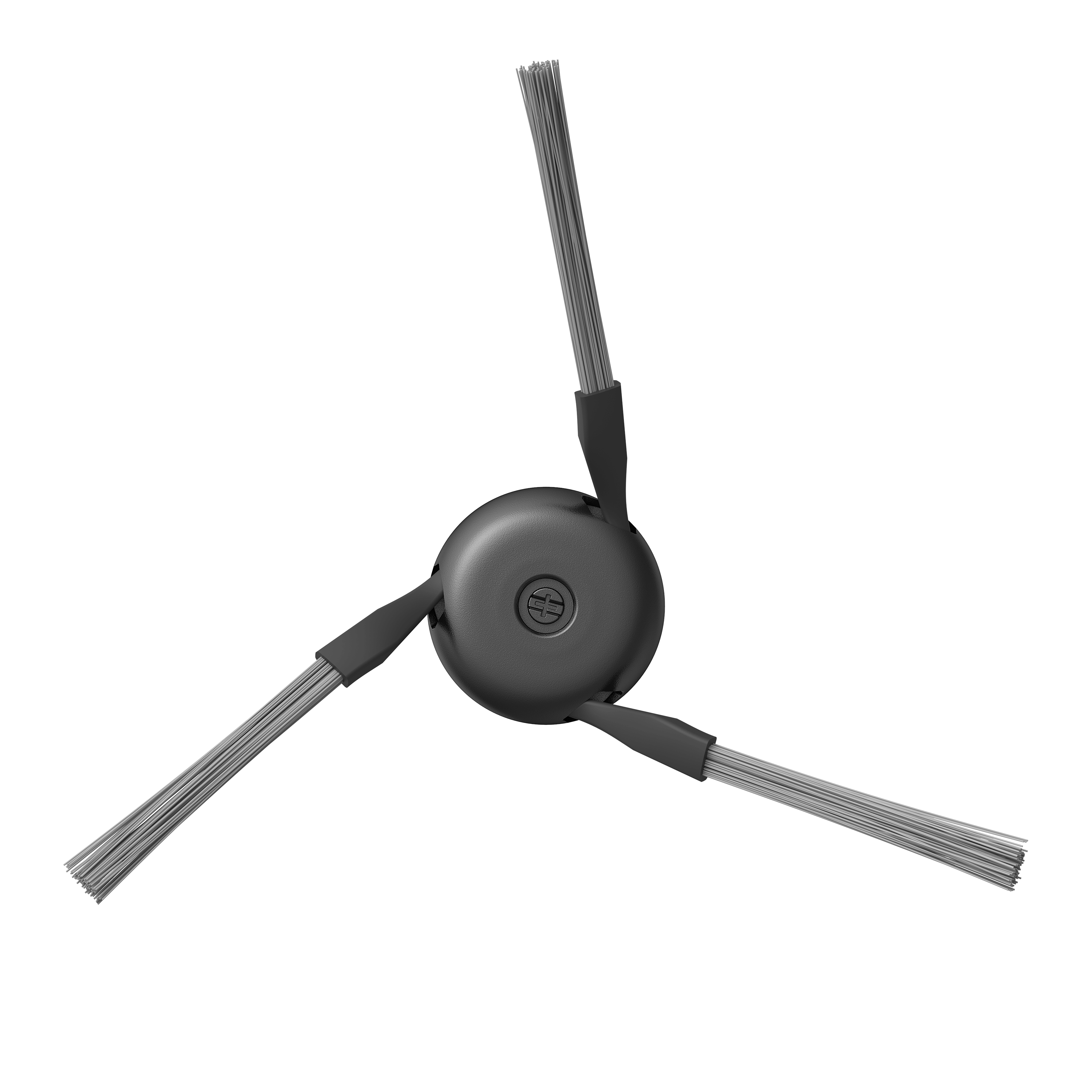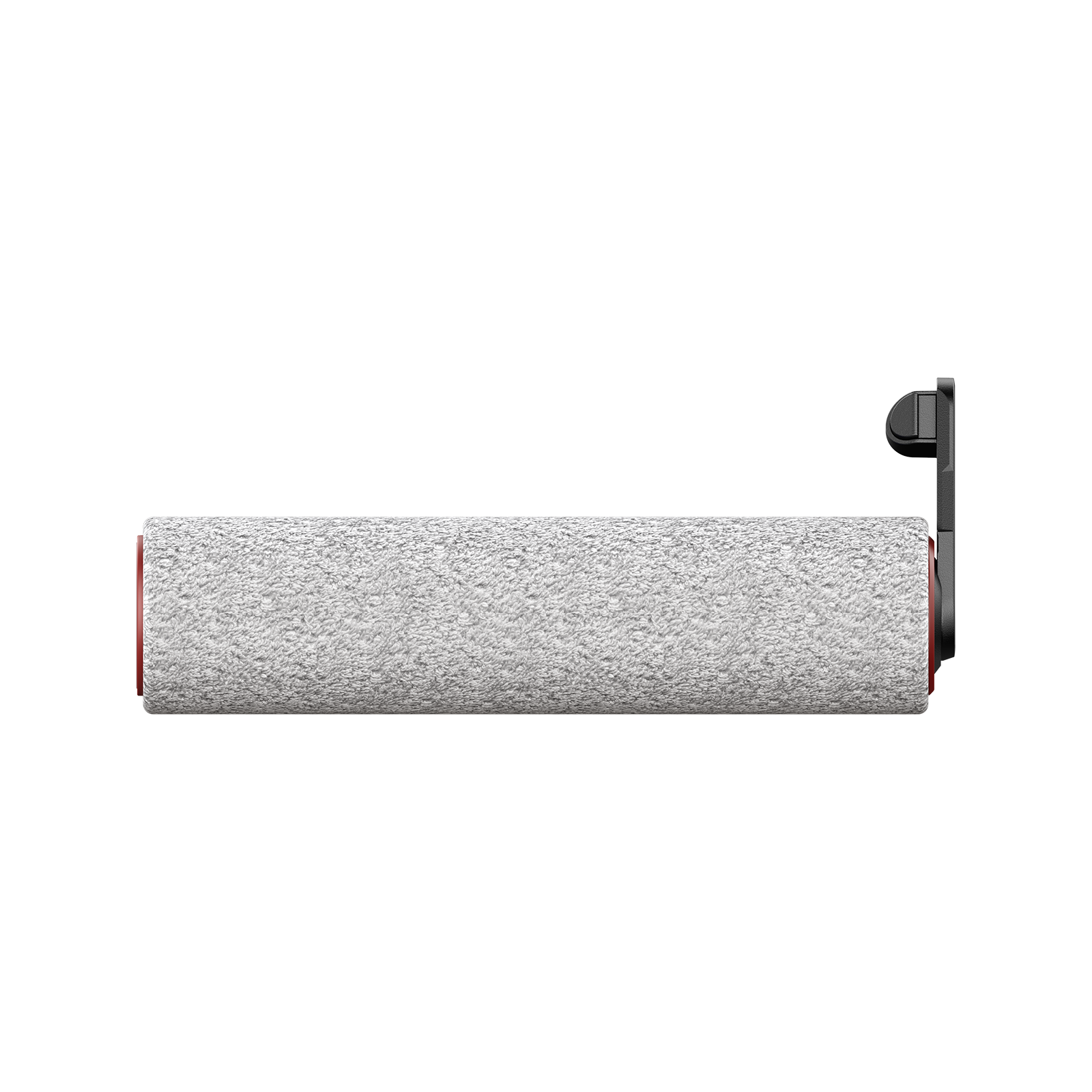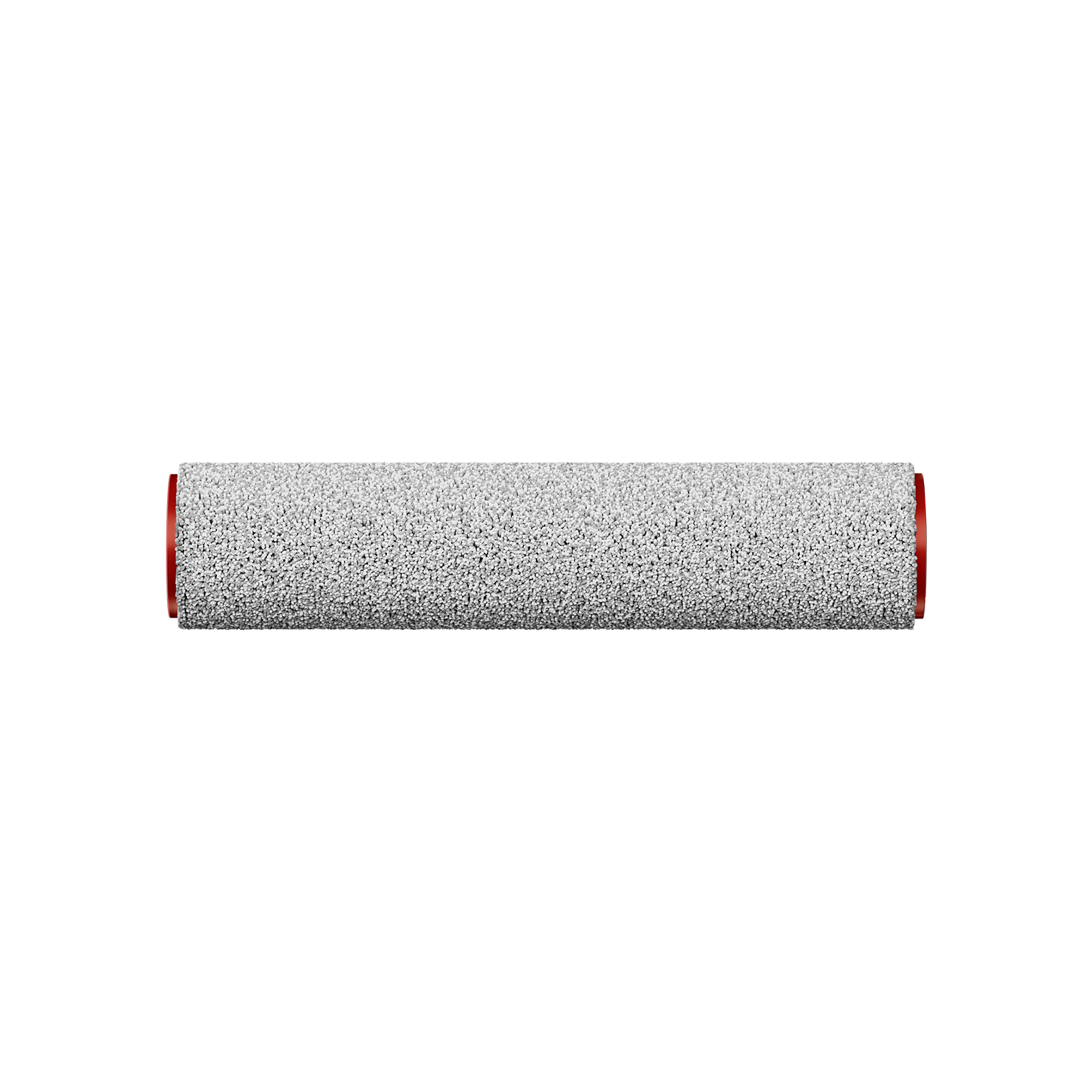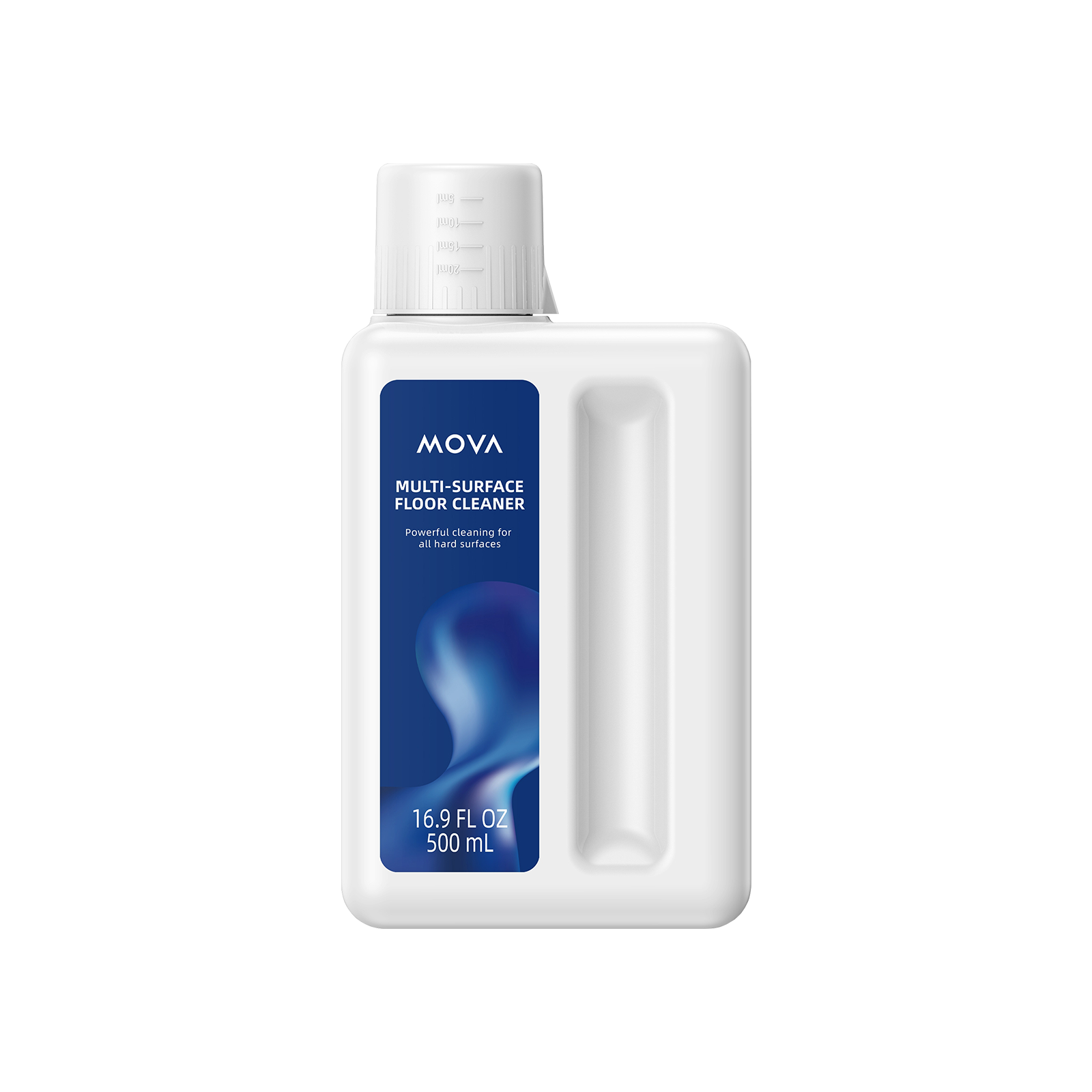Steam mops offer a powerful, chemical-free solution for deep cleaning and sanitizing floors. By using high-temperature steam, they effectively remove dirt, grime, and bacteria while reducing the need for harsh cleaners. However, not all flooring types are suitable for steam mopping, and improper use can cause damage. To maximize your steam mop’s benefits, it’s essential to know when and how to use it correctly. This guide covers the best surfaces for steam mopping, ideal cleaning scenarios, and situations where an alternative method is safer.
When Should You Use a Steam Mop?
A steam mop is an excellent cleaning tool for deep cleaning and sanitizing hard surfaces without harsh chemicals. It uses high-temperature steam to loosen dirt, kill bacteria, and dissolve sticky residues, making it ideal for certain flooring types and situations.
Best Surfaces for Steam Mopping
- Sealed Hardwood Floors: Steam mops can safely clean sealed hardwood floors, offering a deep clean that removes grime without harsh chemicals. Always confirm the seal is intact to avoid moisture damage.
- Tile & Grout: Steam is highly effective at loosening grime and sanitizing porous grout lines, making it ideal for kitchens and bathrooms.
- Laminate (Use Caution): Laminate floors can be steam-cleaned if the manufacturer approves it. Use low steam settings and never let water pool, as moisture can seep between planks and cause warping.
- Vinyl & Linoleum: These moisture-resistant surfaces respond well to steam, making them easy to sanitize and refresh with minimal effort.
Situations Where a Steam Mop is Ideal
- Tough Stains and Sticky Residues: Steam’s high temperature breaks down stubborn messes—perfect for post-mealtime cleanup or removing tracked-in dirt.
- Sanitizing Floors: If you have kids or pets, steam mops are an excellent tool for killing bacteria, dust mites, and allergens.
- Fast-Drying in High-Traffic Areas: Unlike traditional mops, steam mops leave floors almost dry—great for busy spaces like entryways or kitchens.
When Not to Use a Steam Mop
- Unsealed Hardwood Floors: Moisture can seep into the wood, causing swelling, warping, or discoloration.
- Porous Surfaces: Delicate stones may absorb moisture and become damaged over time. Steam can also erode sealants.
- Delicate Flooring Materials: Any flooring sensitive to heat or moisture—such as certain types of engineered wood or soft vinyl—should be cleaned using manufacturer-recommended methods instead.
How to Use a Steam Mop Safely and Effectively
Steam mops are easy to use, but following a few key steps ensures both safety and maximum cleaning power. Here’s a quick guide to help you get the most out of your steam mop.
Step-by-Step Guide
1. Preparing the Floor: Always begin by sweeping or vacuuming to remove loose dirt and debris. Steam mops are designed to sanitize and lift grime—not to pick up crumbs or pet hair.
2. Filling the Tank: Use distilled water whenever possible. It prevents mineral buildup in the machine and helps extend the life of your steam mop, especially if you live in a hard water area.
3. Choosing the Right Setting: Most steam mops have adjustable steam levels. For delicate floors like laminate, use a lower setting. Tile and sealed hardwood can usually handle medium to high heat.
4. Mopping Technique: Glide the steam mop in slow, steady strokes, allowing the steam time to break down grime. Don’t rush—lingering briefly over sticky areas can help lift tough messes.
5.Drying & Maintenance: After mopping, allow the floor to air dry fully before walking on it. Always empty the water tank after use and wash or replace the microfiber pad to keep your mop in top condition.
Tips for Effective Steam Mopping
- Don’t oversaturate floors—excess moisture can warp wood or laminate.
- Use microfiber pads for better dirt absorption and easier cleaning.
- Spot-test first in an inconspicuous area to ensure compatibility with your flooring.
- Clean the mop head regularly to avoid spreading dirt instead of removing it.
Steam Mop vs. Robot Vacuum: Why You Might Need Both
When it comes to maintaining clean floors, steam mops and robot vacuums serve distinct yet complementary purposes. A steam mop excels at deep cleaning and sanitizing, using high heat to eliminate bacteria, lift sticky residue, and refresh sealed surfaces—no chemicals required.
On the other hand, a robot vacuum like the MOVA V50 Ultra Complete Robot Vacuum is built for daily upkeep—tackling pet hair, dust, and debris with powerful 24,000Pa suction and smart FlexiRise™ Navigation. It navigates around furniture with ease, climbs up to 6cm obstacles using StepMaster™, and features a Triple Anti-Tangle Mechanism to keep brushrolls clear of hair.
For homes with pets or busy foot traffic, this combination offers the best of both worlds. Use the MOVA daily to stay ahead of surface messes, and reach for your steam mop weekly for a deeper, sanitizing clean.
The V50 Ultra even includes Thermo Mopping with DuoSolution™ System, letting you choose between a standard cleaner or a pet odor eliminator. Its high-speed rotating mop in heated water helps break down stubborn stains for superior results.
The Perfect Cleaning Pair for Spotless Floors
For truly clean floors, combine the deep sanitizing power of a steam mop with the daily maintenance of the MOVA V50 Ultra Robot Vacuum. The steam mop provides chemical-free deep cleaning on pre-swept floors, killing germs and removing tough stains. Meanwhile, the MOVA V50 Ultra handles everyday dirt, dust, and pet hair with its powerful suction and smart mopping system. Together, they create an effortless cleaning routine robot vacuum for daily upkeep and steam mop for weekly refreshes—keeping your floors immaculate with minimal effort.



